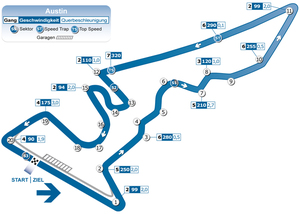– Researchers use Chat-GPT to detect resistant bacteria
To identify antibiotic-resistant germs, researchers at the University of Zurich have used artificial intelligence for the first time. The GPT-4 model is intended to help doctors with routine work at some point.
Published: October 18, 2024, 10:25 a.m
The human eye still detects bacteria better, but AI is faster.
Photo: Gaëtan Bally
Subscribe now and benefit from the read-aloud function.BotTalk
Researchers at the University of Zurich (UZH) have used artificial intelligence (AI) for the first time to detect germs that are resistant to antibiotics. They used the AI model GPT-4 from Open AI to interpret the laboratory tests.
Based on this AI program, the researchers created a system that was tested on hundreds of bacteria and helped detect resistance to vital antibiotics, as the UZH announced. Although the AI system achieved good results, it was not perfect.
Humans were more accurate
According to the researchers, human experts were more accurate. However, the AI system could help standardize and accelerate the diagnostic process. “Our research is the first step towards using AI in routine diagnostics so that doctors can identify resistant bacteria more quickly,” said study leader Adrian Egli from the Institute of Medical Microbiology in a statement notice quote.

The Kirby-Bauer disk diffusion test shows whether an antibiotic is effective against a bacterial infection.
Photo: UZH
While AI was good at detecting antibiotic-resistant bacteria, it sometimes flagged microbes as resistant even though they weren’t. This can lead to possible delays in treatment, it says.
The study still shows what potential AI has in healthcare. The system could ultimately help reduce the variability and subjectivity of manual evaluations and thus improve outcomes for patients.
KEY and Focus
Newsletter
Celsius
Get the most important background information and analyzes about climate and weather.
More newsletters
Log in
SDA
Found an error?Report now.
0 comments

